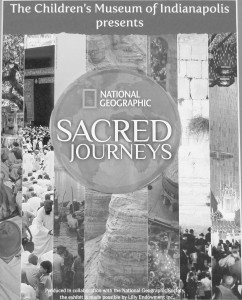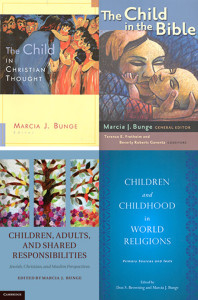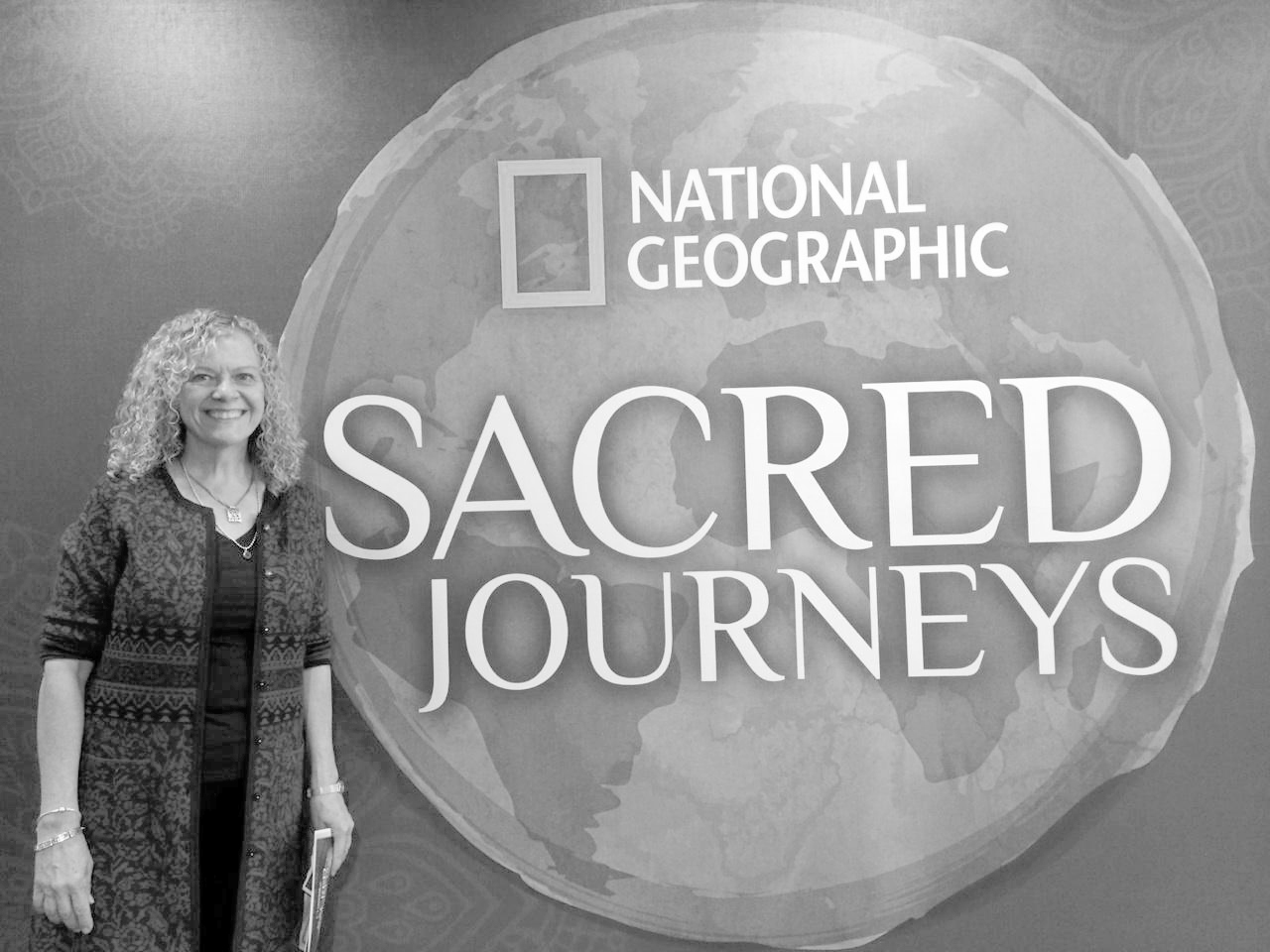Marcia J. Bunge, Professor of Religion and the Bernhardson Distinguished Chair of Lutheran Studies, was one of eight religious scholars invited to serve as a national advisor for a ground-breaking exhibit on world religions entitled “Sacred Journeys” held at the Children’s Museum of Indianapolis.
The exhibit was created in collaboration with the National Geographic Society and funded by a 1 million dollar grant from the Lilly Endowment.
The exhibit highlights elements of the history, beliefs and practices of five major world religions.
“Sacred Journeys” features videos, photography, and some amazing artificats, such as fragments from the Dead Sea Scrolls, a large stone from the Western Wall in Jerusalem, a throne that had been built for the Dalai Lama, a piece of fabric from the Kaaba in Mecca, and a Hindu statue of Ganesh.
“I was invited to be one of the eight advisors for two primary reasons: my academic training is in religion studies and theology and my current research focuses on religious understandings of children and childhood,” professor of religious studies, Marcia Bunge said.
“It is important for all of us to be religiously literate and to engage with people of other faiths, especially if we want to understand one another and to work together for the common good”—Marcia Bunge
Over the past few years, Bunge has published a variety of books on numerous religious perspectives on children and obligations to them, editing/co-editing and contributing to four foundational volumes on the subject. Bunge has also spoken at a variety of events concerning religion and it’s associations with children.

At the Children’s Museum of Indianapolis, there were a team of advisors and staff, who met over the course of three years, beginning in 2009. The group was officially named the “Interdisciplinary Consultation on the Advisability and Feasibility of Creating Exhibits on World Religions at Children’s Museums.
At the beginning of the project the team was asked to address a couple of questions in order to establish the foundation of how they were going to create the exhibit to be interactive, educational and fun for children and if it was even possible to accomplish.
“I thoroughly enjoyed working with the other interfaith advisors and the museum staff and contributing to this creative and ground- breaking project”—Marcia Bunge
Each advisor early on agreed that creating a religions exhibit for children would be a great idea for children to learn about world religions and expand their knowledge.
“Even though the United States is one of the most religiously diverse countries in the world, children and young people have few opportunities to learn about diverse religious practices and beliefs. It is important for all of us to be religiously literate and to engage with people of other faiths, especially if we want to understand one another and to work together for the common good,” Bunge said.

The hardest part about creating the exhibit was establishing what would go in the exhibit, how it would be arranged, and the most important question to ask was how could it engage children and their families.
Even though there was a lot to figure out, the team involved was highly creative and collaborative and the end oroduct turned out stunning. The museum staff was a little afraid in terms of controversy that could potentially arise with an exhibit on religions especially at a Children’s museum. However, the exhibit was and still continues to be a success at the Children’s Museum in Indianapolis.
“The exhibit gives parents and children an opportunity to learn about diverse religions and to reflect on their own religious beliefs and practices,” Bunge said.
With all the success of the exhibit, PBS aired a special on it that gives an inside look along with interviews from some members of the team and staff that made it all possible.
“I thoroughly enjoyed working with the other interfaith advisors and the museum staff and contributing to this creative and ground-breaking project,” Bunge said.
